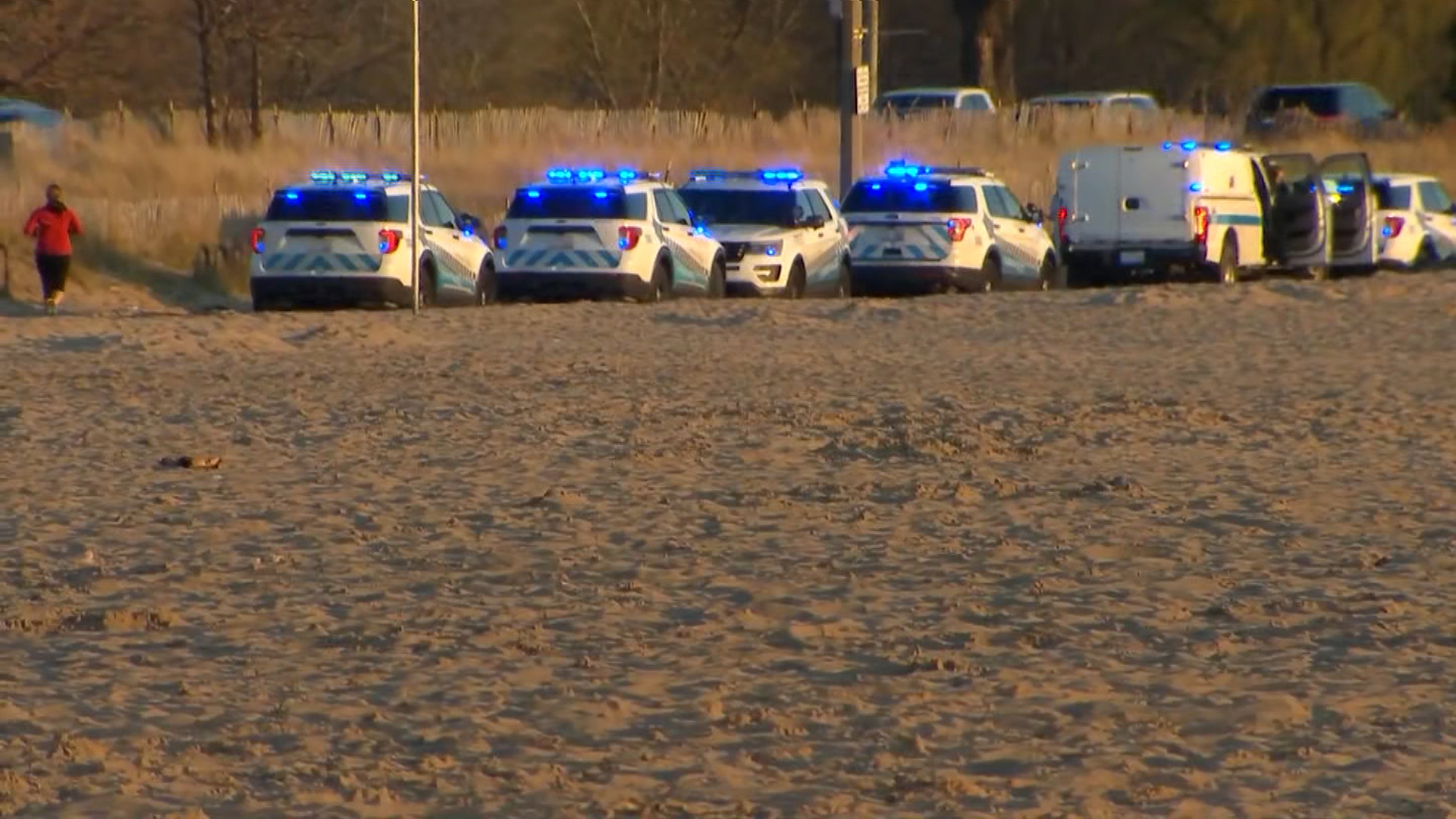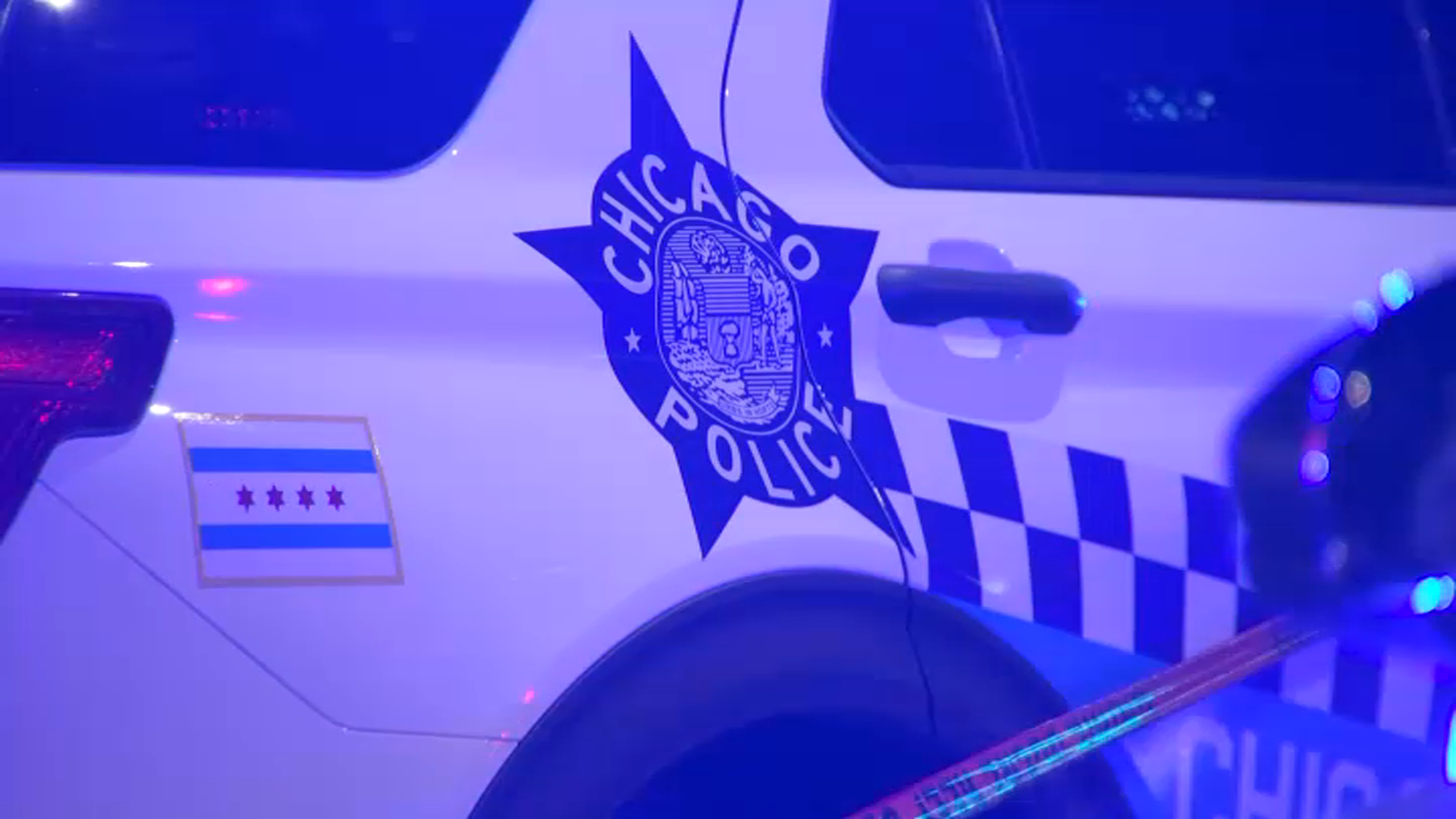In a rare confluence of elections, control of the Illinois Supreme Court was up for grabs in the 2022 midterms on Tuesday, with voters having say on how three of the seven seats on the court would be filled for the new term.
Democrats went into Tuesday’s election holding a 4-3 majority, but they’ve now expanded that hold on the court, according to voting data from Cook County and according to projections made by the Associated Press.
In the First District, which represents Cook County and Chicago, Chief Justice Mary Jane Theis easily cruised to retention, receiving 77.4% support on the ballot. Most of her strength came from Chicago, with 81.56% of voters choosing to retain her, according to the Chicago Board of Elections.
There were also two competitive races on the ballot this year. In the Second District, which now represents DeKalb, Kendall, McHenry, Lake and Kane counties, circuit court Judge Elizabeth Rochford is projected to defeat former Lake County Sheriff Mark Curran, with Rochford receiving 54% of the vote and leading Curran by 49,000 votes with 100% of precincts reporting.
Feeling out of the loop? We'll catch you up on the Chicago news you need to know. Sign up for the weekly Chicago Catch-Up newsletter here.
The candidates were competing to fill a seat left by Supreme Court Justice Michael Burke, who was moved to the Third District when the court’s boundaries were redefined this year.
Burke tried to run for that Third District seat, but he was ultimately defeated by Democratic appellate court Justice Mary K. O’Brien, who is leading him by nearly 8,000 votes with 92% of precincts reporting.
While the Associated Press has not called the race, Burke did concede to O’Brien on Tuesday night, according to his campaign.
Local
With the results of the three races, Democrats now hold a 5-2 majority on the court. A replacement will still need to be named for retired Chief Justice Anne Burke, with the remaining six justices determining a candidate to run for a full term in the 2024 election cycle.
Fourth district Justice Lisa Holder White, a Republican, is set to face a retention vote in that same election. Fifth district Justice David K. Overstreet, also a Republican, was elected to the court in 2020 and won’t face a retention vote until 2030.
Supreme Court justices in Illinois serve 10-year terms, and at the end of those terms they go up for a retention vote. If a justice retires mid-term, they are replaced by a justice selected by the rest of the members of the court. That new justice then faces a competitive election in the next even-numbered year.



